The DIVA News page refers to public presentations, exhibitions, screenings, publications in Slovenia and on the international scene, connected to participations of DIVA Station Video Archive and the video artists who had contributed their video artworks to the archive. We also introduce events organised by DIVA Station (SCCA-Ljubljana) in order to promote its content and usage.
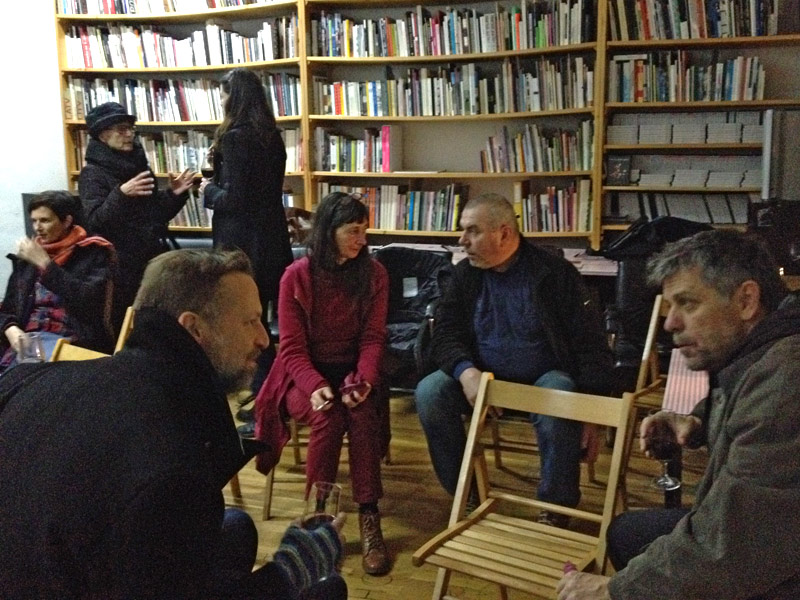
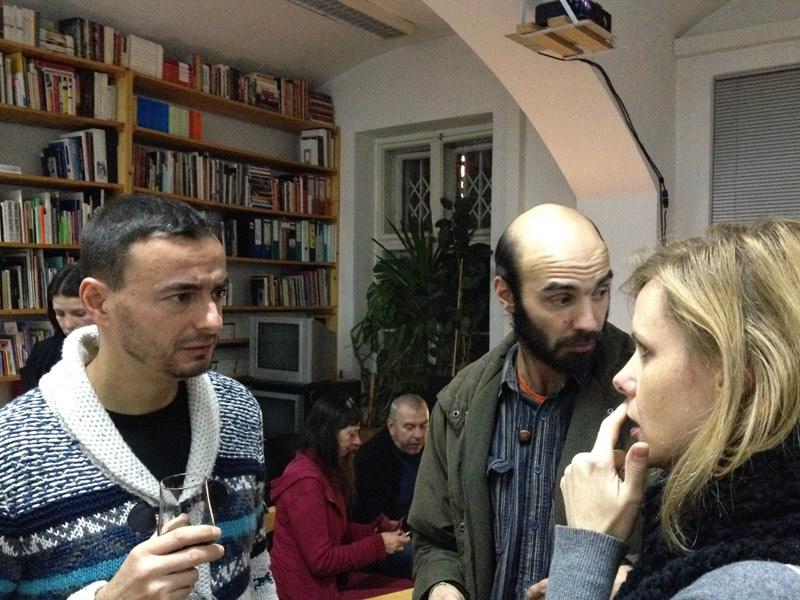
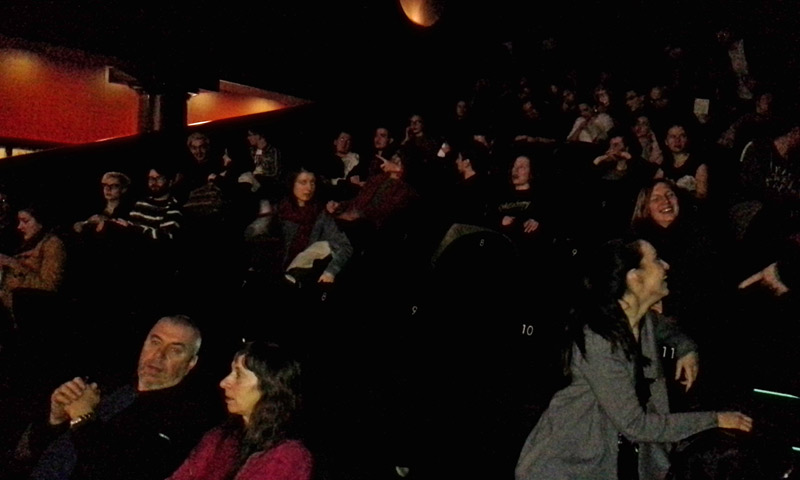
On winter solstice (21 December 2015), when night is at its longest, SCCA-Ljubljana joined the international event promoting short films. Under the title With Every Minute More Time, Miha Kelemina curated a program of 17 video works from DIVA Station. In the crowded Slovenian Cinematheque (as well as in other 15 art cinemas in Slovenia) the screening of innumerable short films and videos took place till the early morning. more
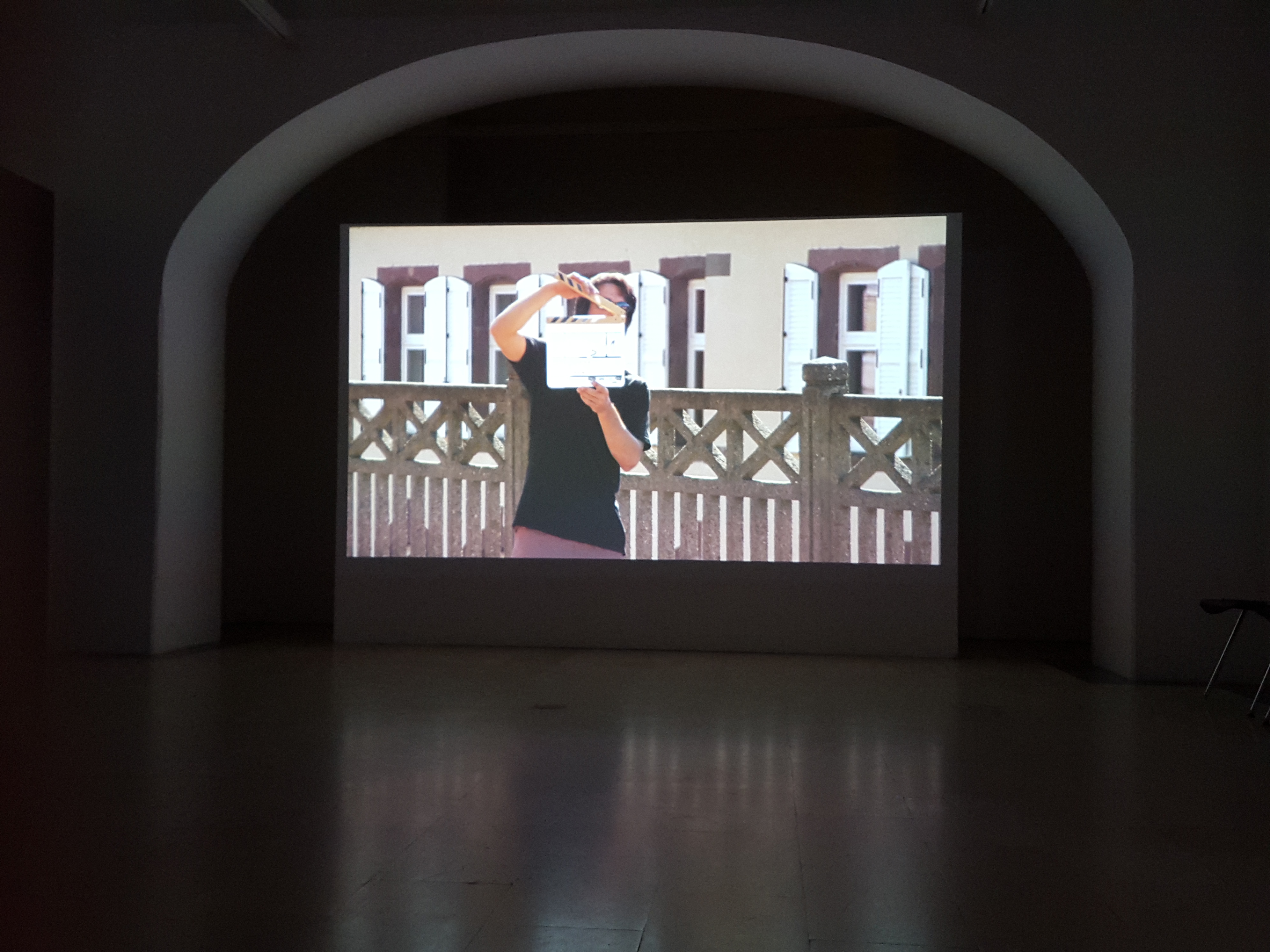
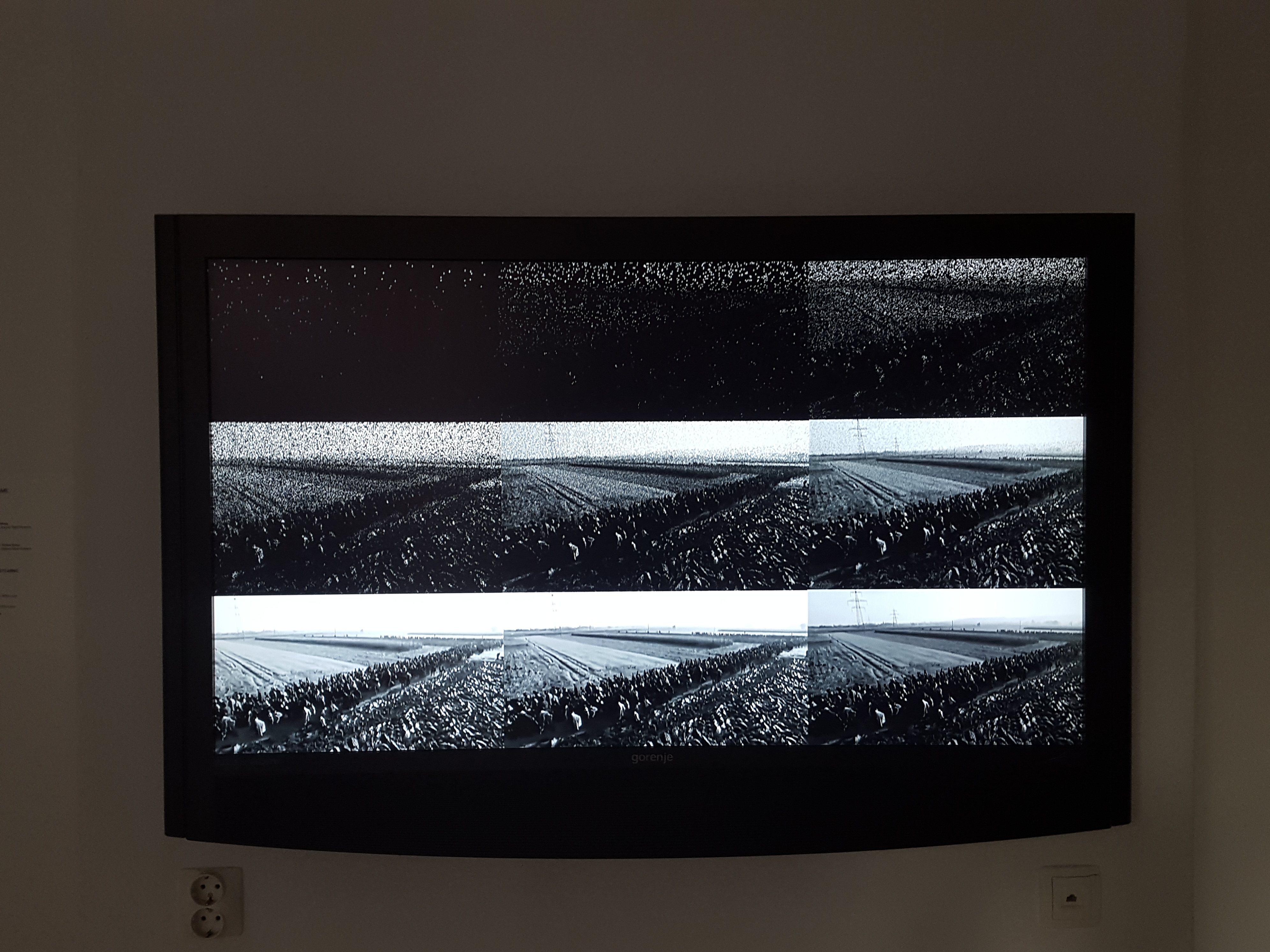
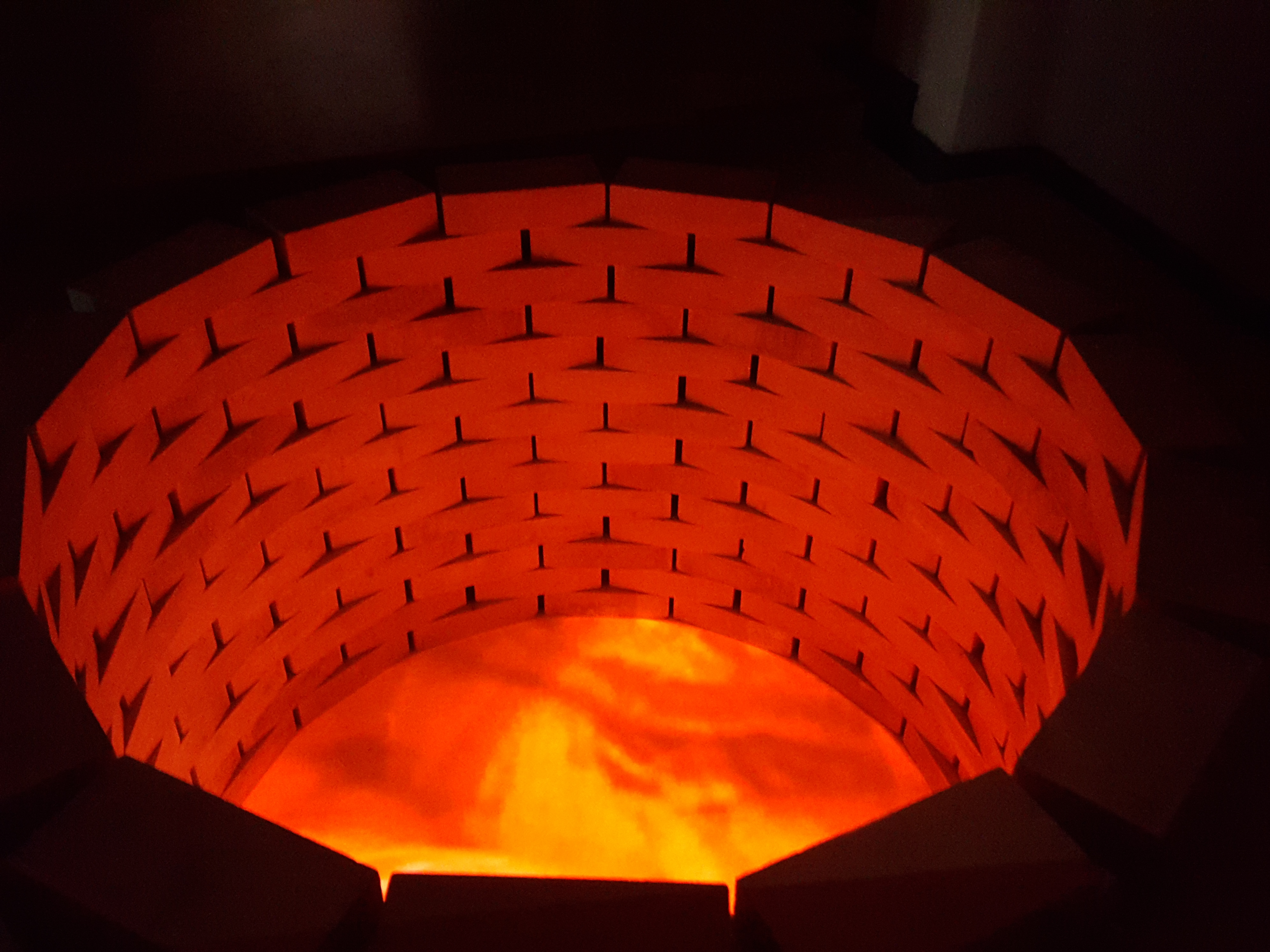
The exhibition in Vžigalica Gallery (1 Dec 2015 – 10 Jan 2016) enabled an opportunity for the artists to establish a dialogue, which resulted in two video installations, each presented in its own wing of the gallery: Jasna Hribernik: (Post)Production and Nataša Prosenc Stearns: Night Spring, Wishing Well. Additional video works that try to find new narrative structures – migrating frame – are displayed in the gallery’s central space.
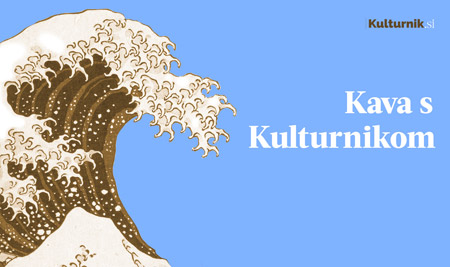
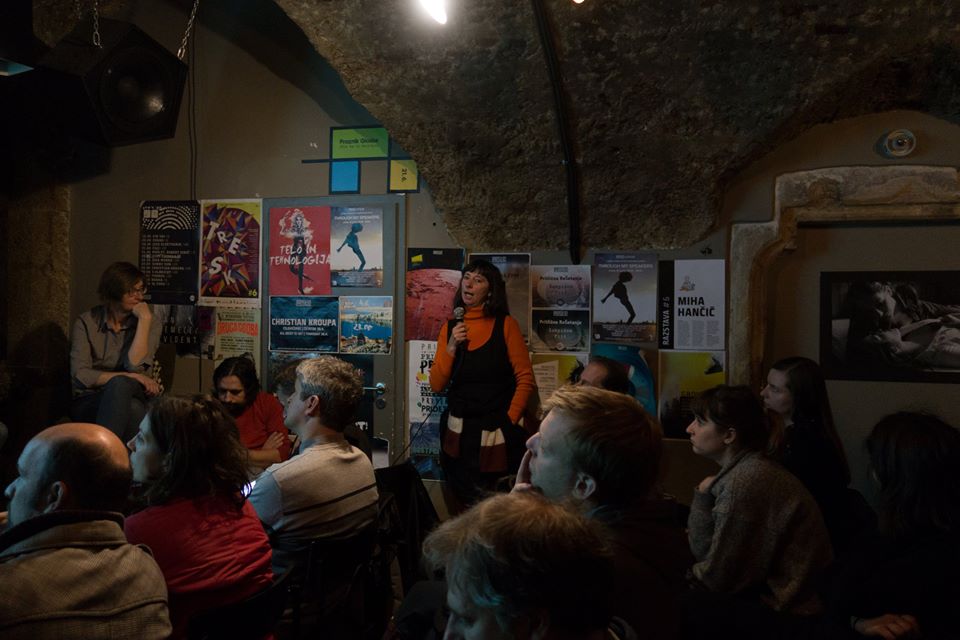
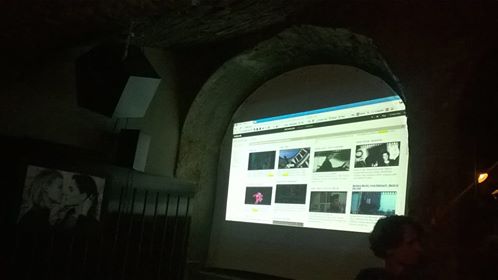
DIVA Station (Barbara Borčić, SCCA-Ljubljana) participated at the presentation of the Kulturnik.si portal, press conference and coffe at Pritličje (Ljubljana, November 2015).
Kulturnik web portal consists of a metasearch engine and features cultural news and events aggregated from various Slovene digital sources and collections related to arts and culture. It aggregates data from more than 2.000 sources, among them the online video archive DIVA Station which was presented as a success story. Congrats!
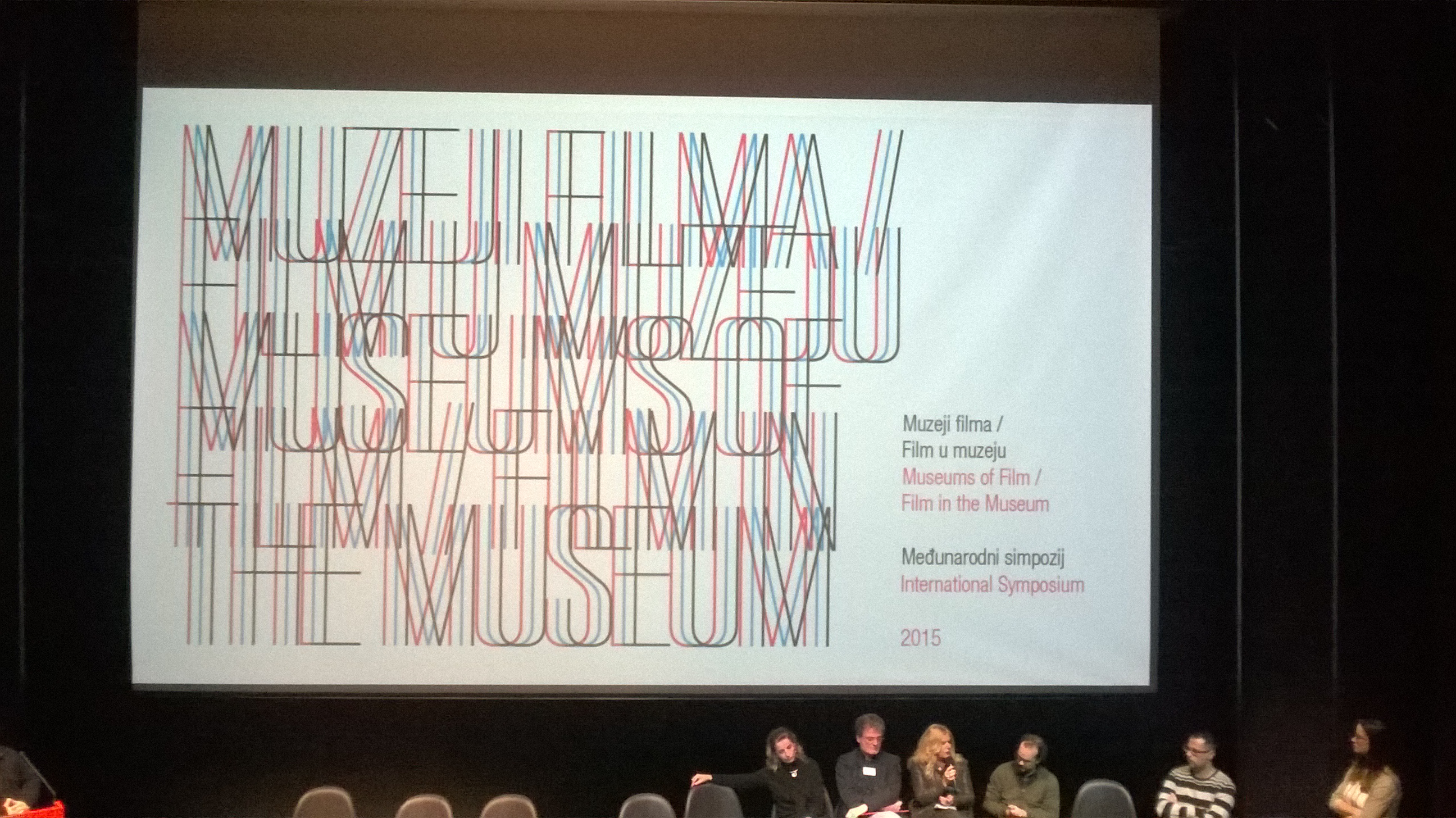
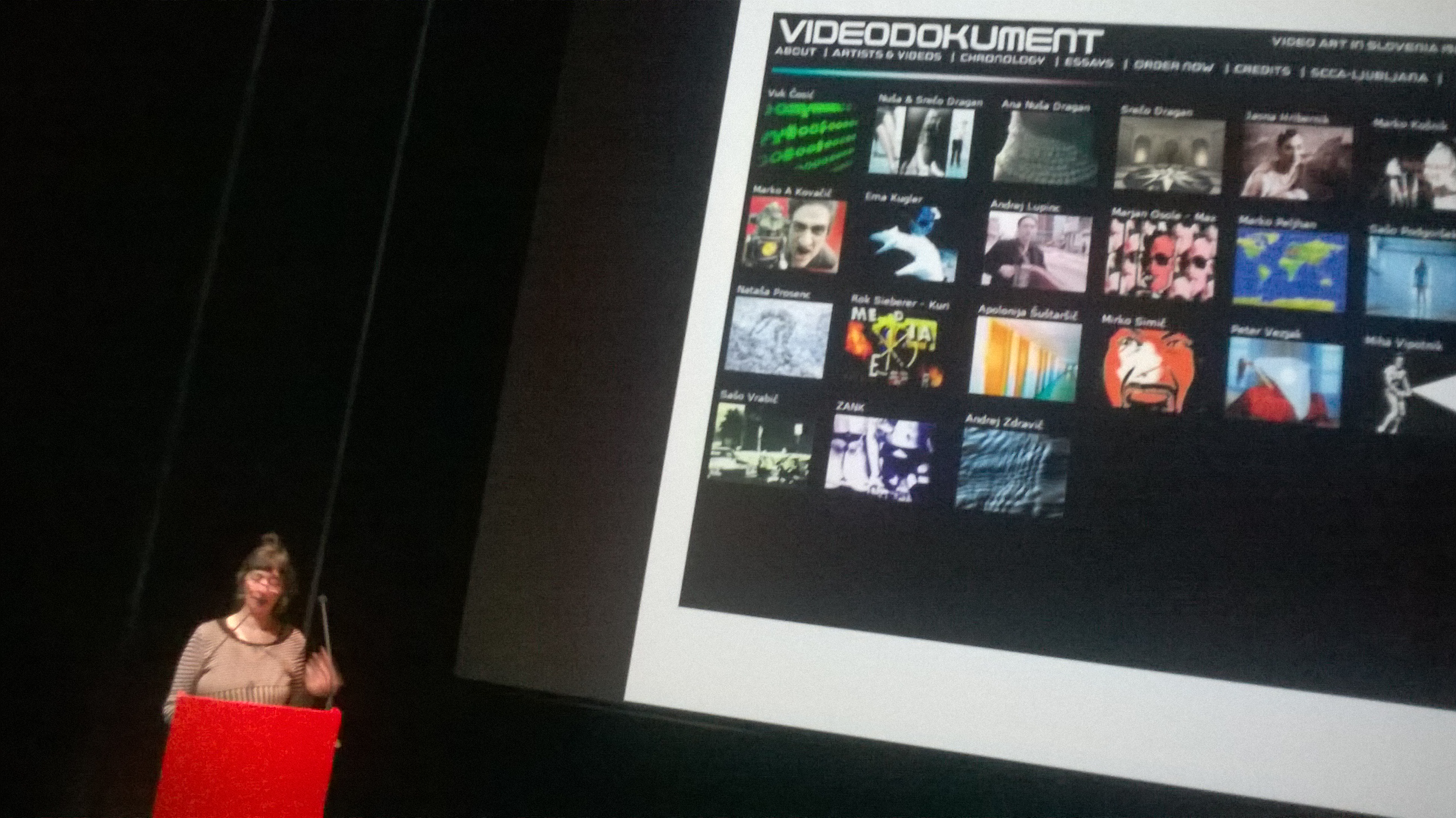
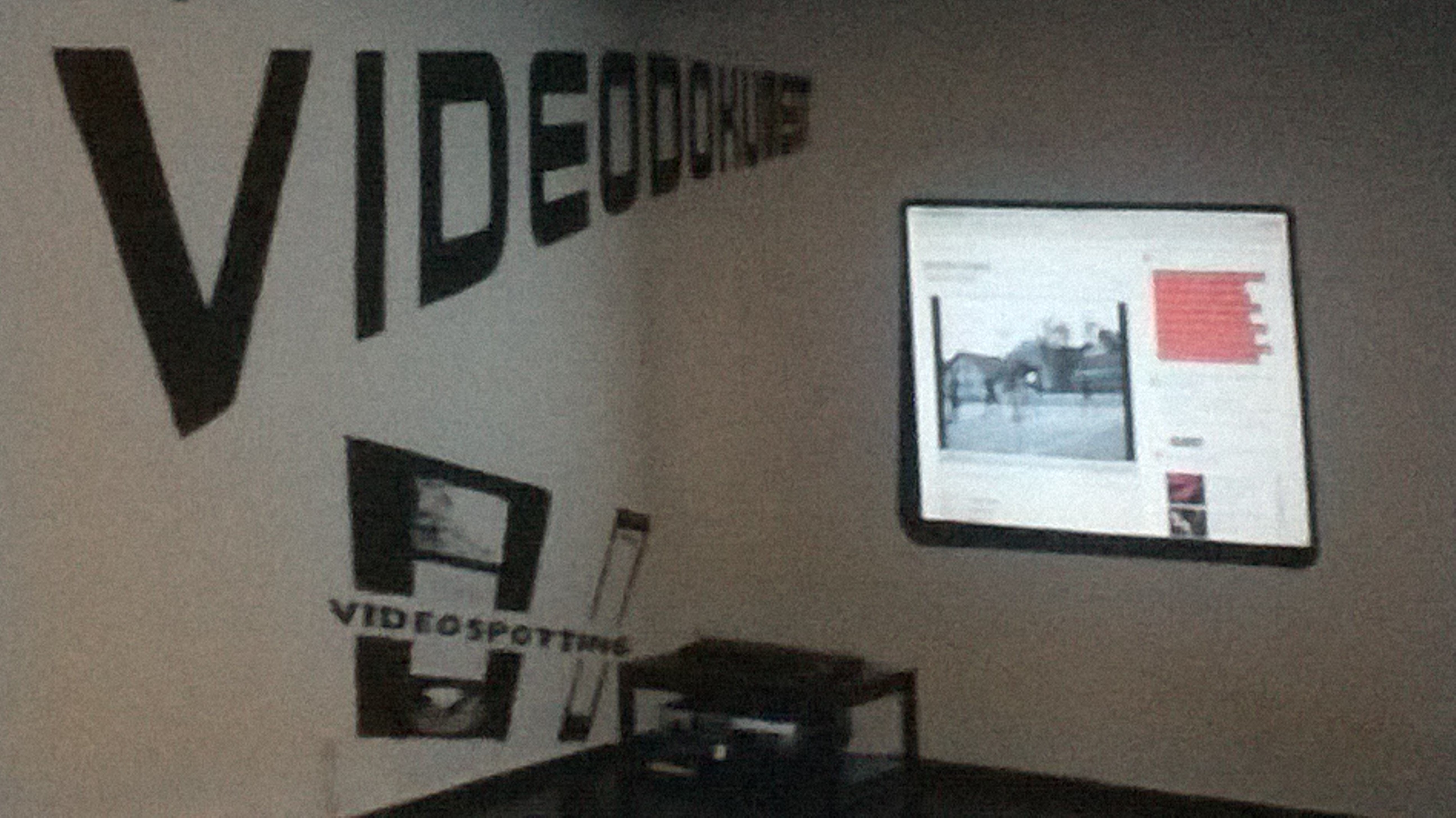
DIVA Station was presented by Barbara Borčić (curator and head of video programs at SCCA-Ljubljana ) at the international symposium Museums of Film – Film in the Museum in Zagreb. Borčić presented the procedures of production, historisation and functioning of DIVA Station, the archive of video and media art in Slovenia.
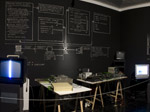
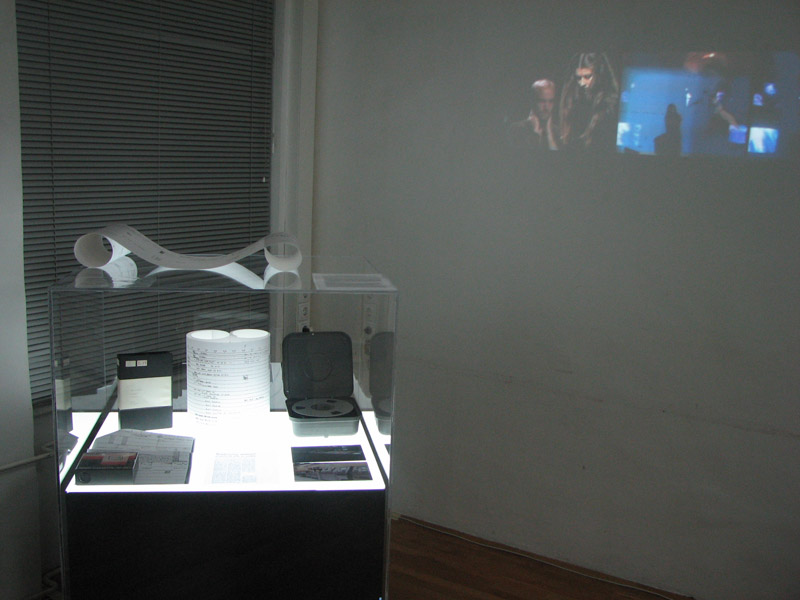
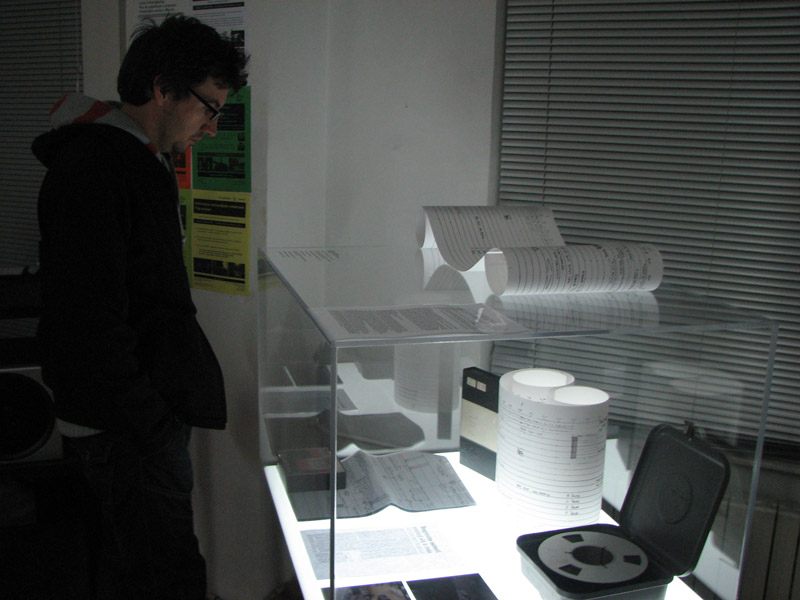
Creating physical and virtual, analogue and digital archives is a necessary tool to enable us a reflexion on contemporary art production. UNESCO has adopted 27 October as the World Day for Audiovisual Heritage.
On this day (and throughout the year) we should focus on the meaning of audio-visual materials and their carriers (film, video and sound footages, radio and television), and provide an incentive to protect and maintain these documents which are an essential part of cultural heritage.
Archives at risk: protecting the world's identities is the slogan of this year's celebration of the World Day for Audiovisual Heritage. We are accepting a consensus that we are not able to comprehend the development of culture and society in the 20th and 21st Century without audiovisual archives and the material that they preserve. The slogan of this year’s celebration could not be more accurate – a vast majority of organisations dealing with AV archives of contemporary art (amongst them DIVA Station) face themselves with lack of support by the authorities which could assure a sustainable and professional work in this field. The archives are endangered not just because of the fragile and vulnerable archiving material which is subject to fast chemical decay and technological out-datedness but mostly due to a lack of recognition of their importance by the (national) authorities.
DIVA Station honoured the World Day for Audiovisual Heritage with the practice of an “open archive” to trigger a constructive exchange and emancipated work by the artists. We have invited Ana Čigon, video and performance artist, to browse across archived material and through a comparative research position her own artistic practice and create a site specific intervention in the physical venue of the DIVA Station archive.
We believe that important parts of the archiving processes are also “creative re-use” and individual approaches by the users, which can lead to a better accessibility and higher visibility of archival material and help to raise awareness of the importance of our audiovisual heritage.
DIVA Station is a physical and web/on-line archive of video art which is being developed since 2005 at SCCA– Ljubljana, Center for Contemporary Arts with the intent to research, document, present and archive video/media art in Slovenia. DIVA Station is a member of the GAMA portal which provides access to a wealth of information about the works of both well-known and emerging European and non-European media artists.
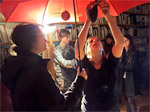
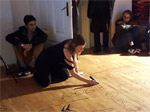

Ana at the Station has been conceived as an experimental project based on a research of physical and on-line archive DIVA Station. Ana Čigon has been searching for her position as an artist within the history of video and performative practices registered by DIVA Station, which led her to the performative action of intertwining her artistic practice with the creation of other artists. Through eclectic knitting of written, spoken and performative quotes from her videos and videos of other related artists her artworks strived for contextualisation with the aim of formulating a critical stance towards her own creativity.
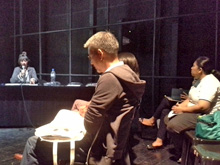
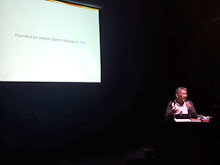
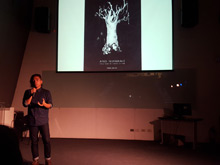
Barbara Borčić presented DIVA Station in frame of the exchange program Curating-In-Depth in Manila (The Philippines), while Ricky Orellana presented Philippines audiovisual archive Mowelfund; the presentations were followed by projections of works from both archives: program Diva Station Presents and program of short films from Mowelfund. As a part of the Curating-In-Context symposium organised by Planting Rice the event was presented under the name Problematizing Experimental and Archival Practices in Video and Film (Blackbox, De La Salle College of Saint Benilde, Manila, 5th August 2015). That was the first encounter with video art in Slovenia for the Philippines public and with Philippines film production (including the films by John Torres) for us from Slovenia.



Barbara Borčić presented DIVA Station at Forum of director and curators from CEE countries and China in Ningbo Art Museum in frame of the 1st China – CEE Countries Investment and Trade Exchange in Ningbo. That was the first encounter with video art from Slovenia (June 8-10, 2015).
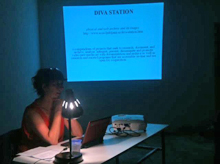
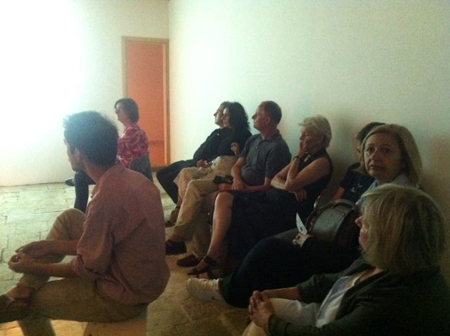
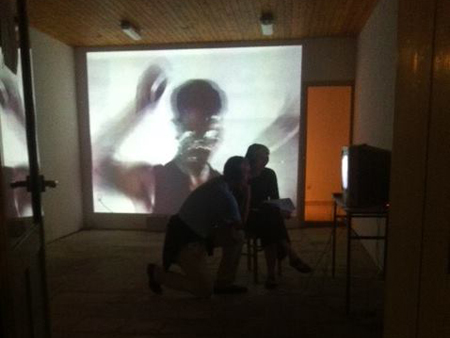
The presentation DIVA Station – archiving of images and time by Barbara Borčić took place on June 28, 2015 and was accompanied by screening of DIVA at Škuc Gallery, a video essay by Nika Grabar. The event was organised in frame of the exhibition Race with Time 2. Performance in a Rear-view Mirror, selected works by eight artists (Martina Bastarda / Mateja Ocepek / Nataša Skušek, Mateja Bučar, Ana Čigon, Tomaž Furlan, Marko A. Kovačič, Miha Vipotnik) from SCCA's DIVA Station.
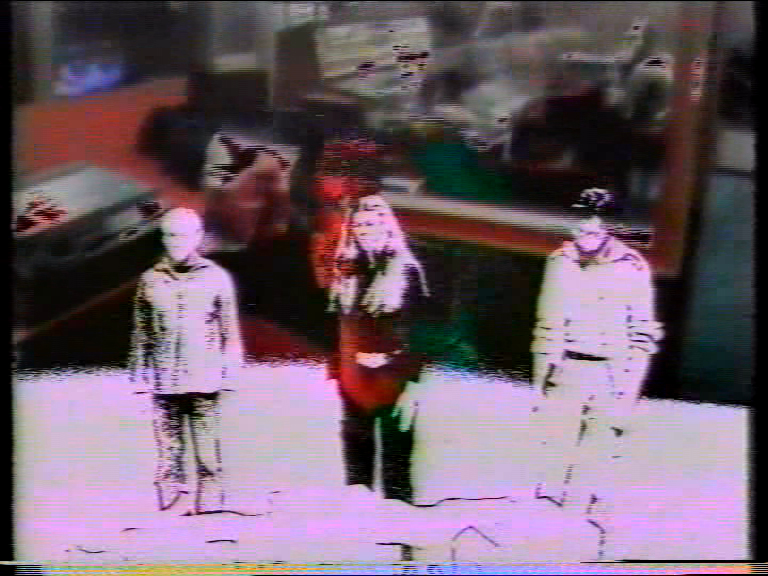
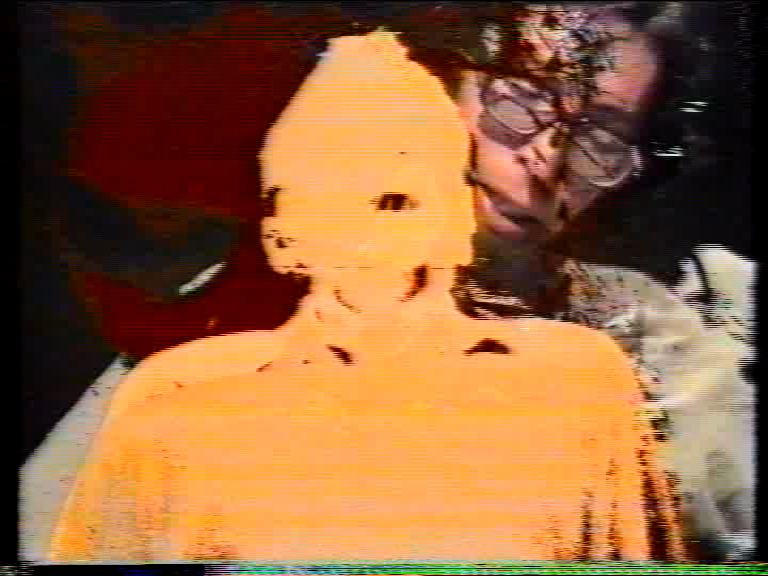
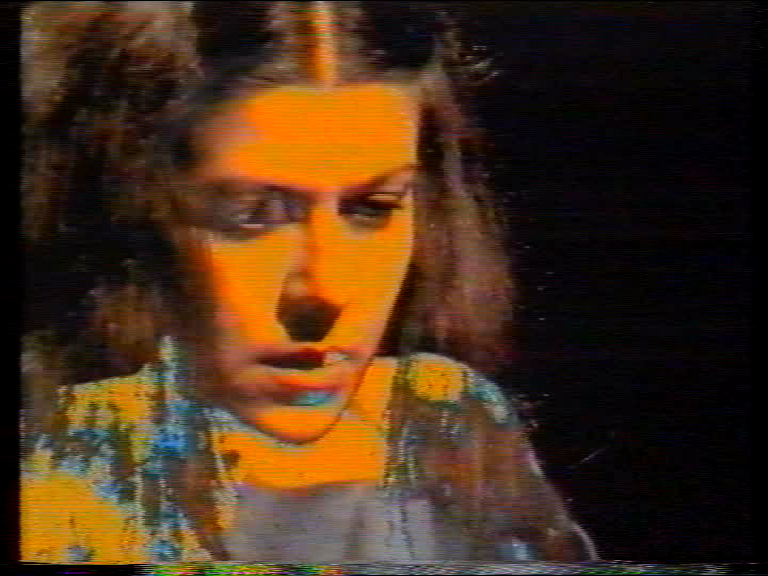
On 9th May 1979 Videogram 4 by Miha Vipotnik was broadcast on national television (RTV Ljubljana) as an experimental programme, with a previous notice and warning that all disturbances and irregularities in the picture and tone were part of the programme and that viewers should not attempt to clarify the picture on their screens.